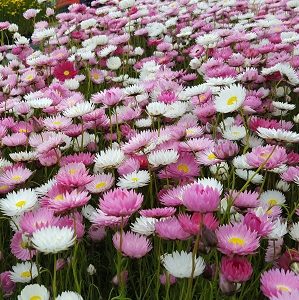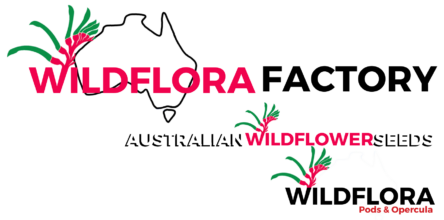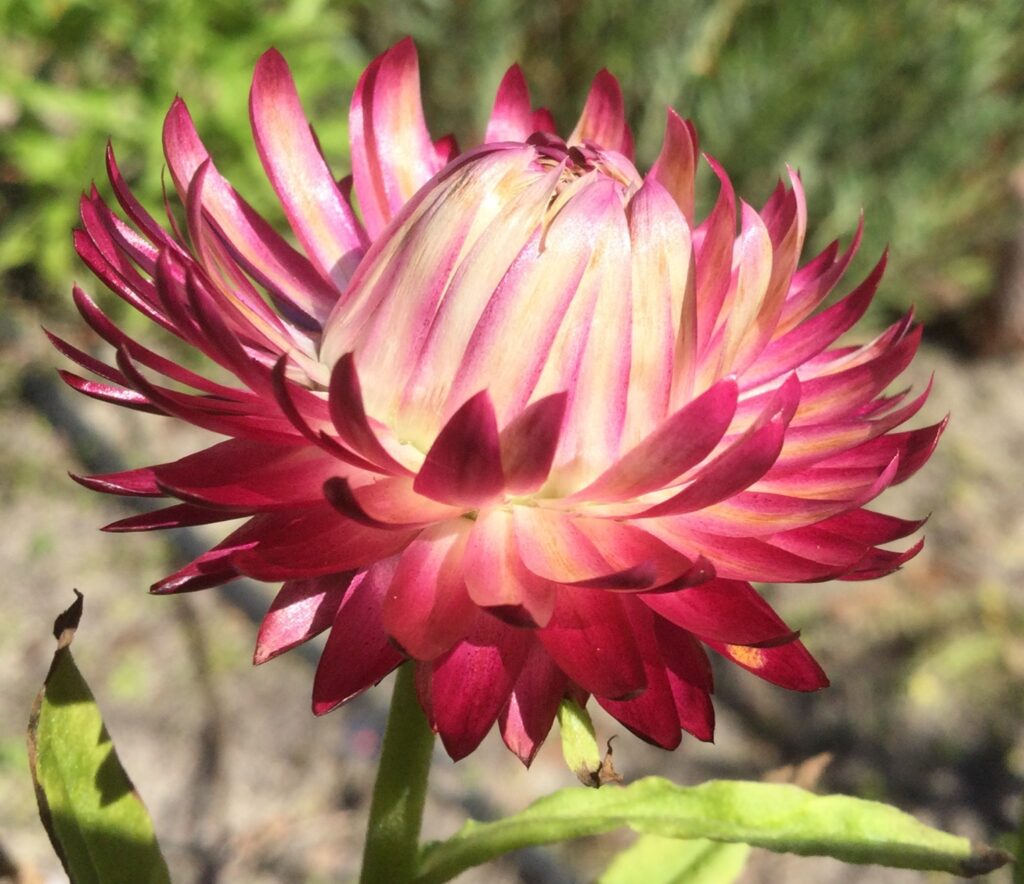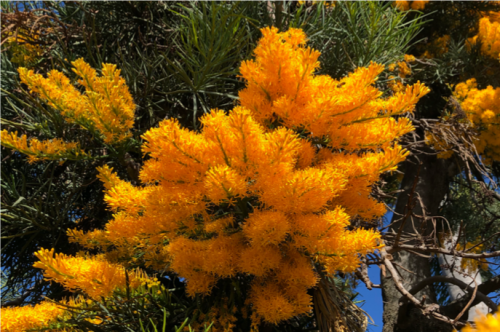Growing Plants from Seed – Viability and Dormancy
http://anpsa.org.au/APOL8/dec97-14.html#seed
Alf Salkin investigates the mechanisms that frustrate our attempts to successfully grow some species.
From the September 1995 issue of the newsletter of the Victorian Region of SGAP.
Having failed on many occasions to grow plants from seed, I know well the feeling of “post mortems”. Was the medium well drained enough? Did I plant the seed too deep or too shallow? Should I have given the seed pre-treatment?
If we know some of the many reasons why seeds do not grow, then perhaps our hit and miss methods will have more hits than misses.
Viability
Not all seed is viable, that is no matter what you do it will never come to life. The cells are dead. In any batch of seed, viability will vary. For instance in a Banksia cone there are usually two winged seeds per follicle separated by a hard woody divider. In many Banksia species only one of these winged seeds has an embryo, the other is simply a flat wing. In the family Asteraceae many species will not produce viable seed unless there has been an exchange of genetic material – pollen from a plant with a slight difference in its genetic code. The seed looks normal, but the percentage germination is nil. Even if seed looks perfect and some of the same batch has germinated on a previous occasion, it may have lost its viability. It should also be borne in mind that some seed seems to need a period of maturation.
Remember that seeds are living organisms and that they live on the food stored within themselves. They use oxygen to slowly ‘burn’ this food and the more food, the longer the viability. While small seeds metabolise more slowly than large seed as a general rule, large seeds retain viability longer. The longest recorded viability for a seed under natural conditions is that of Lotus. This is a large seed and seed 200 years old has been germinated. There are records of seed much older than this germinating. Lupin seeds trapped in permafrost have germinated after a thousand years but, in this case, the low temperatures had slowed down metabolism to a mere tick. I have Banksia integrifolia var.integrifolia seed collected in 1974, which I plant each year and still get 100%
“Remember that seeds are living organisms and that they live on the food stored within themselves.”
Seed storage affects viability, which can be reduced by high temperature and light. Whilst moisture per se may not do so, it is a pre-condition for an invasion of the seed tissue by pathogens such as fungi and bacteria. The viability of seed in this case will depend largely on how well the pathogen is established. Naturally enough, once the seed has been put into a growing medium with moisture and warmth there is a race as to whether the plant or the pathogen wins. Pre-treatment of seeds is one solution to this problem and some fungicides have been found useful. Fungicides, however, do not discriminate between harmful and useful organisms. The old method of keeping seed dry and out of light has much to recommend it.
Dormancy
Generally speaking dormancy, the ability of viable seed to metabolise at a very slow rate, is broken when moisture is imbibed. In most seed this is dependent on saturation of the tissues with water, but there are a number of mechanisms to prevent this occurring until certain optimum conditions prevail. The most obvious is the condition applying to leguminous seed eg, Acacia, where there is a physical barrier, the hard coat, which must be broken down either mechanically by scarifying (nicking or abrading) the seed, or physically by fire or boiling water.

DISCOUNT OFFER
GET 50% OFF
While stocks last or until offer is withdrawn


